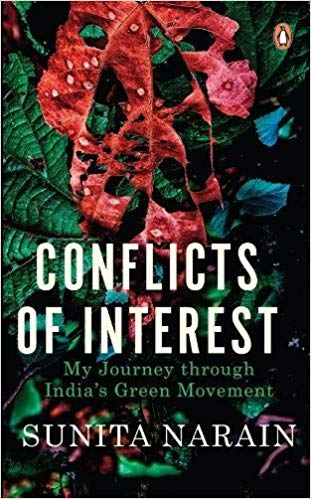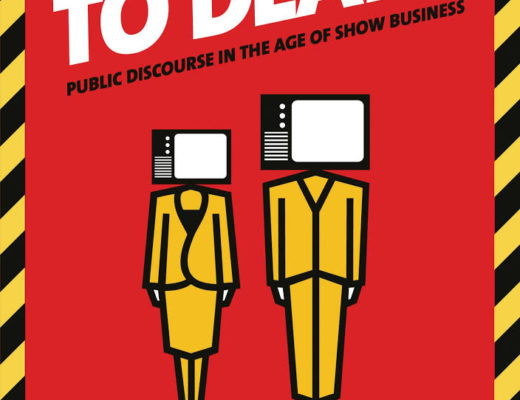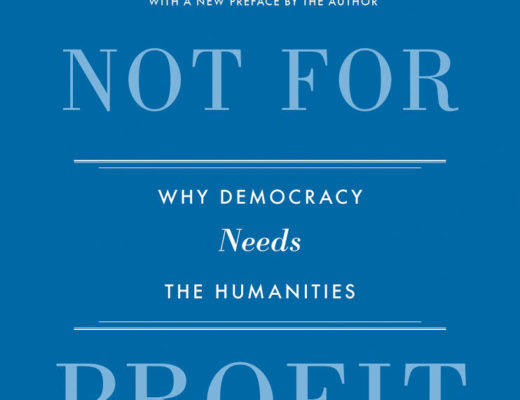In 2002 British philosopher John Gray published a book titled Straw dogs: thoughts on humans and other animals. The book attempted to debunk the anthropocentric world view and instead presented a view of things in which human beings are not central. The book argued that the destruction of the natural world is the result of the evolutionary success of an exceptionally rapacious primate. It observed that throughout history and prehistory, human advance has coincided with ecological devastation. Another writer James Lovelock said that humans on earth behave like a pathogenic organism and our planet is suffering from a plague of people.
One of the most
The air we breath
The book begins with the story of CSE’s involvement in the struggles against air pollution in Delhi. It is a fact our cities are some of the most polluted in the world. As it houses the national capital , the pollution at Delhi gets particularly wide coverage and it is also true that among all metros , Delhi records very high level of air pollution. Sunita narrates the heroic struggle for switching over to CNG from diesel and as the fight was against the big giants of automobile industry it was against all odds. Since air pollution is from a multiple sources , the fight has to be like that . Major portion of our roads are used by private vehicles and it is very important that we have a robust public transport system. There needs to be some control over entry of polluting diesel vehicles and emission standards also need to be tightened for better control. Another very important matter we need to understand is that as the author says , air pollution is a great equaliser. Even if the rich can travel in air conditioned cars and buy air purifiers at home, there is no escape from breathing the polluted air and hence what is required is to clean up the air for all.
The cola wars
This was something which brought CSE into limelight across the country. If there is an increased awareness about carbonated drinks and junk food in the country now, the heroic efforts of CSE and team must be thanked. While we read this story we will be astonished to understand the power of corporate lobby and the way all powers collude to bury the truth. These drinks were and even now remain highly advertised. Any number of the mighty and celebrity will be ready to endorse them. When the issue of pesticides in soft drinks came up, one counter question was the presence of such pesticides in small quantities in vegetables and fruits too. But here there is a counter-argument. While fruits and vegetables provide certain nutrition, the nutritive value of these drinks is nil. Hence it won’t be appropriate to compare both. As we have seen at the beginning, the companies are now feeling the heat of public awareness on the ill effects of soft drinks. They are on the back foot now and endorsements too have lost their appeal. Schools across the country are also waking up to the reality. There are also plans to levy
Water woes
“Millions have lived without love. No one has lived without water” (Anonymous)
The single most important issue facing our cities is shortage of drinking water. We are on the verge of an impending water crisis. It was only recently we read about the story of Cape Town, South Africa which is running out of water this year. The author devotes a considerable number of pages to discuss issues relating to water and wastewater in our country. She begins with her journey to Rajasthan with the founder director of CSE Anil Agarwal ( the legendary environmentalist who died of cancer in 2002) and others to see the work of Shibu Patwa who was doing remarkable work on protecting grazing lands. What changed the course of that journey was the way they were exposed to the traditional water harvesting methods practiced there .( Bikaner) and they were an eye opener for them. That prompted them to dig deep into the water management in the country. Anil encouraged them to delve into the British era gazetteers to understand the water management at that time and in her words what they learnt was breath-taking. The existence of unique and innovative water harvesting techniques in various parts of the country was a revelation. The findings of CSE were put out in a book ( 1997) Dying wisdom: Rise, Fall, and Potential of India’s traditional water harvesting systems. This glorious history of water wisdom prevailed in the past is enormously significant when we compare it with the reckless usage of water and gross mismanagement of water resources today. There are three things here. One the absence of proper rainwater harvesting methods, second the misuse of available water and third is the absence of proper recycling of used water.
No discussion of water is complete without a thought on what we do with the used water. The tragedy is that we bring water from far away places, pollute it and allow it to discharge downstream as such. The 2012 book published by CSE titled Excreta matters “ How Urban India is soaking up water , polluting rivers and drowning in its own excreta “is the result of a painstaking study by CSE on the way our cities use and dispose of water. The author laments the fact that despite our feats in many cutting edge areas we are unable to re-engineer our toilets to make it less water wasteful but affordable. Water harvesting and recycling of wastewater has to go beyond slogans and paper. As Sunita concludes,
“In India water has to be our obsession. Total and complete. Not temples of stone but temples of water. Every drop of rain harvested and every tonne of sewage recycled and reused”.
A blue print for the future
Other stories which are narrated in the book include health impact and controversies related to the use of Endosulfan( a pesticide) in North Kerala, India’s efforts in tiger conservation and climate change. The author presents a blueprint for the future of environment in the last chapter. The journey towards a sustainable environment and ensuring a bright future for all is indeed a hard one. Only by a collective sense of responsibility, we can ensure that. We need to keep reminding us that this earth is borrowed from our children and we should be able to bequeath them something more beautiful than what we received. Safeguarding environment begins from understanding our realities and limitations. There will be temptations to imitate the west in all aspects of development but we can see that it may not be workable in the Indian context. In the case of India, where poverty and inequality prevail, environmental management should address those issues too. The poor should be involved and we must realise any solution should work for the poor as well as rich. Take the example of our cities. The sustainable city is the one where the rich also take bus, cycle and walk. Another important aspect is the focus of environmental struggles. Often what happens is that in developing countries, poor pay the price for development whose fruits reach only the rich. As the author says,
“ Solutions for environmental management require inclusive growth. Otherwise we will have more gated and green homes and colonies but not green neighbourhoods , rivers , cities or country. “
No forest conservation is possible without considering the people living nearby and for whom forests provide the basic livelihood. It is a known fact that environmental degradation is intimately linked to our consumption pattern and we observe that the richer we get the more we throw and waste.
Our environmental struggles must focus on developing indigenous solutions while ensuring equality and inclusive growth. We must realise that there is no free lunch and everything has a price. It’s easy to discharge waste into the river but it has a price. Each of the struggle narrated in this book takes us to the challenging tasks ahead and those struggles are not easy ones. Sunita’s magnificent book takes us to the significant victories possible when your convictions are strong and you are ready for sacrificing your small pleasures for the greater common good. It also narrates the many ways in which science is bought, data is







2 Comments
Jijo Kandamkulathy
April 2, 2019 at 7:28 amGood one Bobby…
Looking forward to read this book…
Boby George
April 2, 2019 at 4:18 pmthanks, Father…Oone should read it to understand the major environmental issues of India.